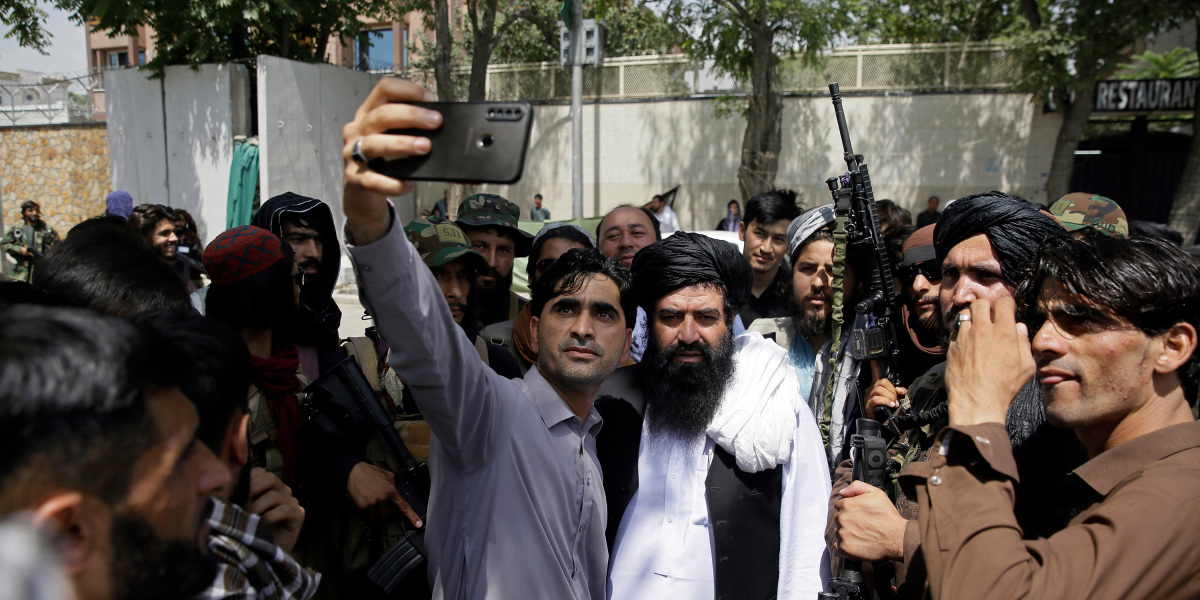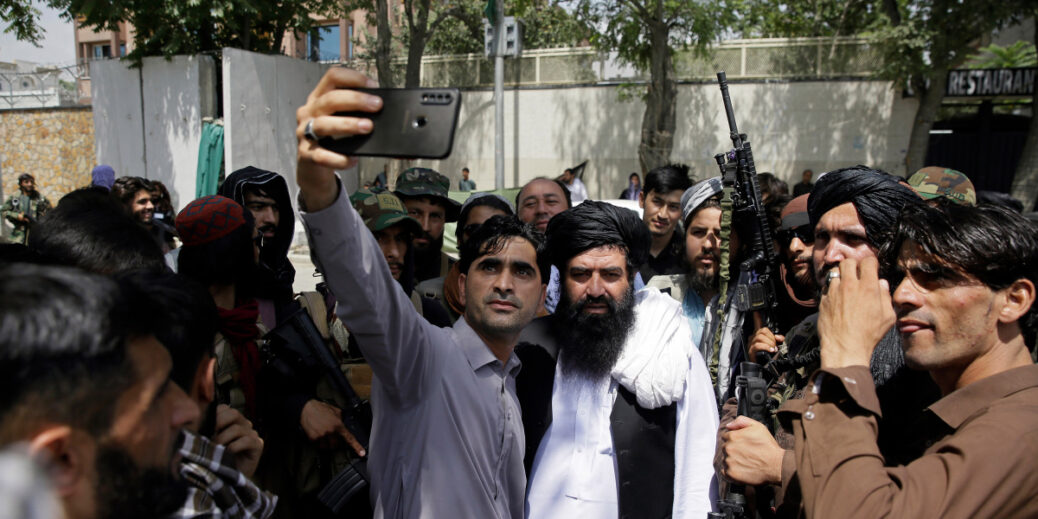
For the coalition, things were quite different. Western forces did have access to a wide range of world-class technology, from space-based surveillance to remotely operated systems like robots and drones. But for them, the war in Afghanistan was not a war of survival; it was a war of choice. And because of this, much of the technology was aimed at reducing the risk of casualties rather than achieving outright victory. Western forces invested heavily in weapons that could remove soldiers from harm’s way—air power, drones—or technology that could speed up the delivery of immediate medical treatment. Things that keep the enemy at arm’s length or protect soldiers from harm, such as gunships, body armor, and roadside-bomb detection, have been the focus for the West.
The West’s overarching military priority has been elsewhere: in the battle between greater powers. Technologically, that means investing in hypersonic missiles to match those of China or Russia, for instance, or in military artificial intelligence to try outwitting them.
Technology is not a driver of conflict, nor a guarantor of victory. Instead, it is an enabler.
The Afghan government, caught between these two worlds, ended up having more in common with the Taliban than the coalition. This was not a war of choice but a fundamental threat. Yet the government couldn’t progress the same way the Taliban did; its development was hobbled by the fact that foreign militaries provided the main technologically advanced forces. While the Afghan army and police have certainly provided bodies to the fight (with many lives lost in the process), they have not been in a position to create or even operate advanced systems on their own. Western nations were reluctant to equip Afghans with cutting-edge weapons, fearing that they would not be maintained or might even end up in the hands of the Taliban.
Take the Afghan air force. It was provided with, and trained on, fewer than two dozen propeller aircraft. This enabled a modicum of close air support, but it was far from cutting edge. And working with the US meant that Afghanistan was not free to look elsewhere for technology transfer; it was, in effect, stuck in a stunted phase of development.
So what does this tell us? It says technology is not a driver of conflict, nor a guarantor of victory. Instead, it is an enabler. And even rudimentary weapons can carry the day in the hands of motivated, patient humans who are prepared—and able—to make whatever progress is required.
It also tells us that the battlefields of tomorrow might look a lot like Afghanistan: we will see fewer purely technological conflicts that are won by the military with the greatest firepower, and more old and new technologies fielded side by side. It already looks that way in conflicts such as the one between Armenia and Azerbaijan, and the pattern is one we may see more over time. Technology may not win wars anymore, but innovation can—particularly if one side is fighting an existential battle.
Christopher Ankersen is clinical associate professor of global affairs at New York University. He served in the United Nations across Europe and Asia from 2005 to 2017 and with the Canadian Armed Forces from 1988 to 2000. The author and editor of several books, including The Politics of Civil Military Cooperation and The Future of Global Affairs, he holds a PhD from the London School of Economics and Political Science.
Mike Martin is a Pushtu-speaking former British army officer who served multiple tours in Afghanistan as a political officer, advising British generals on their approach to the war. He is now a visiting war studies fellow at King’s College London and the author of An Intimate War, which charts the war in the south of Afghanistan since 1978. He holds a PhD from King’s College London.




Recent Comments